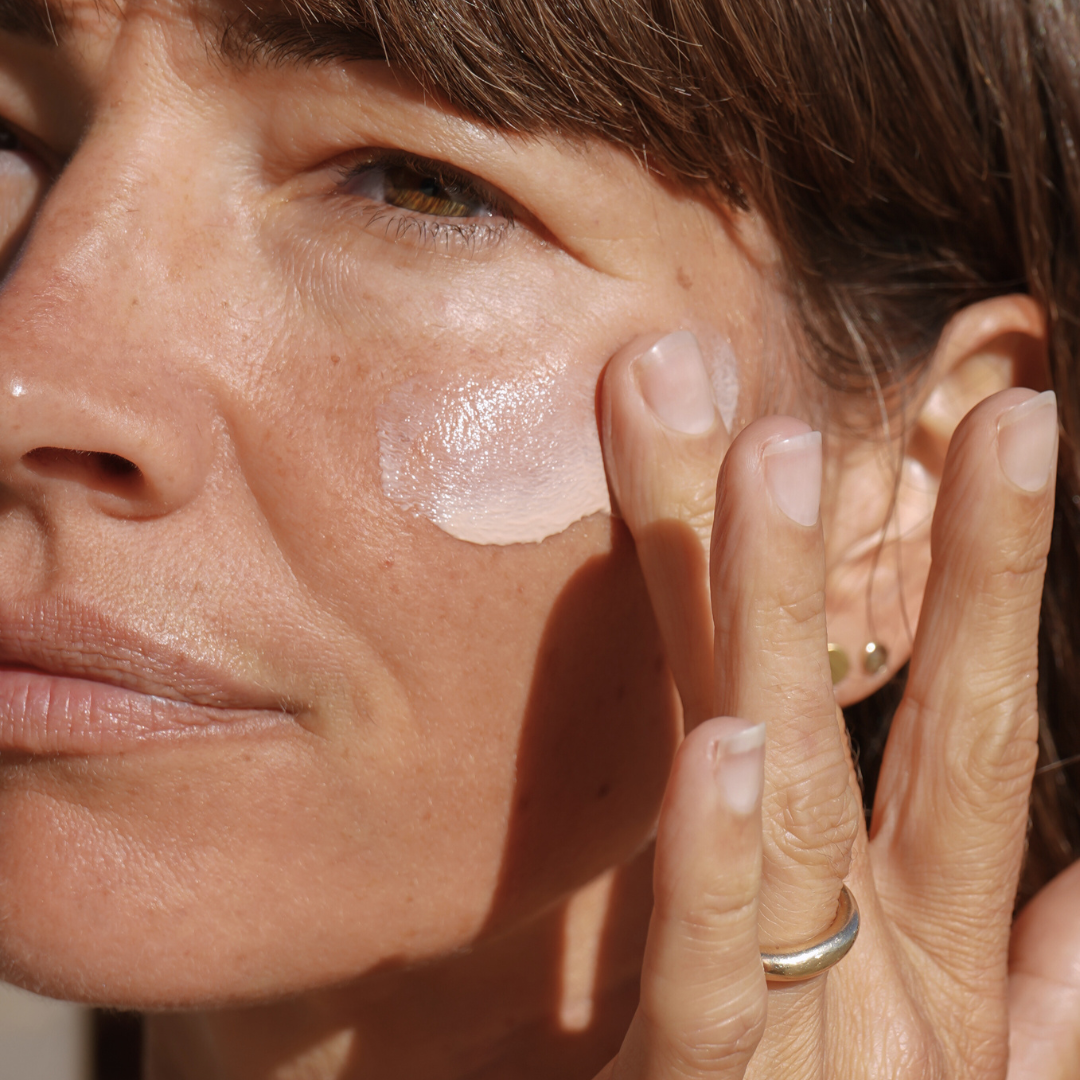
Over-exfoliation – When Less is More
2020 has been a boom year for skincare categories. With many of us now working from home, we’ve had the luxury of additional time on our hands for home treatments. But how much is too much and what are the signs that you may have gone overboard with overzealous exfoliation?
Benefits of Exfoliating
Exfoliation is an additional step in your skincare regime designed to amplify your results. It expedites and removes a build-up of dead skin cells and assist with the natural desquamation (shedding) process that tends to slow down as we age. Exfoliation addresses issues such as dry, flaky skin with the results revealing a renewed and radiant complexion sitting just below the surface.
Exfoliating the dead skin cells also allows an improved delivery system and penetration of active ingredients found in serums and, hydrating ingredients found in moisturisers.
Correct exfoliation should leave a fresh, healthy, and clean epidermal surface which forms the foundation of good skin and a clear complexion.
Over-exfoliating is a common mistake. The general rule for exfoliating your skin is a maximum of 2-3 times a week. This includes acids as well as physical exfoliants. The desired effect is to increase cell turnover minus any damaging effects. Irritation occurs when you have removed more skin cells than your body has been able to replace and regenerate.
SIGNS OF OVER EXFOLIATION
- Irritation, burning, or peeling
- Redness and inflammation
- Breakouts - small pimples and pustules
- Dermal impairment - increased sensitivity to other products in your daily routine
Ironically, the impact of over exfoliation is that your complexion can become dry and flaky and, you may even develop an uneven patchy skin tone.
A clear sign to look out for If the desquamation process happens to quickly is a change in the texture of your skin by. A "waxy” texture can be evident if you have removed the naturally occurring lipids and prematurely exposed new skin cells. This may be even more challenging to identify as your skin may have a healthy glow and radiant shine but in actual fact, it's suffering from overstimulation and is prone to dryness and overexposure. The long-term effects can result in dermal impairment which is best avoided at all costs.
The outermost layer of your skin (the epidermis) contains the moisture barrier, also known as the acid mantle. Your skin is naturally acidic, with a pH of around five. A healthy acid mantle acts as a barrier or filter allowing certain things to enter the skin and keeping out others. When your acid mantle is compromised, you can get invisible cracks or micro-tears in the skin and mantle resulting in moisture escaping and irritants penetrating.
Healthy, glowing skin should appear hydrated and plump as opposed to waxy, thin or dry.
HOW TO REMEDY OVER-EXFOLIATED SKIN
- Patience is paramount! Stop exfoliating until your skin has healed and returned to a base line texture. Allow for a month to six weeks (the length of your skin cell cycle) for your skin to return to its baseline.
- A cold compress can be applied immediately to over-exfoliated skin.
- Incorporate regular LED sessions such as a mask or a handheld device with different light spectrums.
- Avoid using harsh foaming cleansers that are not pH balanced this will further exacerbate and dry your skin.
- Avoid retinol products and physical or chemical exfoliators (AHA’s)
- Switch to a mild cleanser and gentle moisturiser.
- Spot treat red skin by using a rich emollient crème like our Marigold Hydrating Crème or Antioxidant Facial Oil.
- Use a hydrating mask such as our Deep Cleanse Antioxidant Masque 1-2 times a week.
- Avoid sun exposure and wear sunscreen to prevent further damage.
- Simplify your skincare routine and avoid too many actives – vitamins, peptides and stimulating ingredients.
To assist with hydration and rebalancing skin texture, our Vital C Elixir and Hyaluronic Marine Serum should be your go-to serums.
Once your skin has healed, you can slowly reintroduce exfoliating again once per week, then after several weeks if there are no issues, you can increase exfoliating to twice weekly.
If you notice any redness, tingling or peeling, cut back to once week or give your skin a break for several weeks.
PHYSICAL VERSUS CHEMICAL EXFOLIANTS
PHYSICAL EXFOLIANTS
Include gentle abrasives like milled rice or spherical particles. You should never use non-spherical particles, grains and "scrubs” on your face. These will cause small micro-tears and damage the delicate skin on your face.
CHEMICAL EXFOLIANTS
Use ingredients that react with the outer layer of the skin and work to dissolve the inter-cellular glue that bonds the dead skin cells.
They include acids such as alpha hydroxy acids (AHA’s) – lactic, glycolic, mandelic, fruit enzymes as well as beta hydroxy acids (BHA’s) – salicylic.
In general, if you have sensitive and dry skin it is best to use AHA’s. If your skin is more acne prone, it may respond better to BHA’s. Combining AHA’s and BHA’s can lead to over-exfoliating issues.
EXFOLIATION FACTS
- Your skin naturally exfoliates itself
- The process known as desquamation is approximately a 28-day cycle in which new skin cells, develop, mature move towards the outer skin layer and naturally shed.
- As we age, the desquamation process slows down.
- Interruptions to the skin's natural exfoliation process include pollution, imbalanced oil production and dermal impairment.
- Mixing and matching too many different types of exfoliators can cause long-term damage to your skin.
Still have questions? We offer complimentary consultations with qualified skin experts to help you discover which products and ingredients are right for you. More info here.




Leave a comment
This site is protected by hCaptcha and the hCaptcha Privacy Policy and Terms of Service apply.